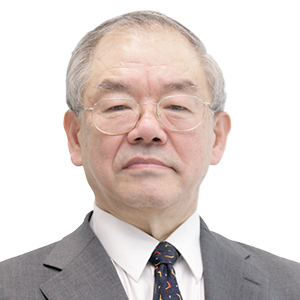
Dr Suh Nam Pyo
President, Korea Advanced Institute of Science and Technology (KAIST)
Challenges and Opportunities for Asian Research Universities
7 March 2008
Research universities are performing important roles in many industrialized nations. In addition to advancing knowledge and generating outstanding graduates, they are expected to become an engine for economic development for their region through creation of new technologies and industries based on their basic and applied research.
However, the creation of outstanding research universities has not been easy and in many cases, has not been successful notwithstanding major investments made in numerous regions and countries
As a consequence and thanks to the availability of instant communications and easy travel, it is expected that a limited number of successful research universities will dominate many fields of science, engineering, and management throughout the world.
As many Asian universities strive to become leading research universities in the world, there is a need to understand the issues that are country specific as well as global that affect the successful establishment of research universities. The case of KAIST will be reviewed to illustrate the challenges and opportunities of a research university in the 21st century.
About The Speaker
Dr. Suh, Nam Pyo is the President of Korea Advanced Institute of Science and Technology (KAIST), a position he assumed since 13 July 2006. During his tenure, Dr Suh invented two large-scale systems, the On-Line Electric Vehicle (OLEV) and the Mobile Harbor, of which the OLEV was selected as one of the 50 Best Inventions of 2010 by TIME. Under his leadership, KAIST received the highest award from the President of Korea for its contributions.
Dr Suh began his career at MIT in 1970, where he was the Ralph E. & Eloise F. Cross Professor, Director of the Park Center for Complex Systems (formerly the Manufacturing Institute), and the Head of the Department of Mechanical Engineering for ten years from 1991 to 2001. He was also the Founding Director of the MIT Laboratory for Manufacturing and Productivity (1977–1984), the Founder and Director of the MIT-Industry Polymer Processing Program (1973–1984), Head of the Mechanics and Material Division of the Mechanical Engineering Department (1975-1977), and a member of the Engineering Council of MIT (1980–1984 and 1991–2001).
In October 1984, Suh took a leave of absence from MIT to accept a Presidential Appointment at the National Science Foundation where he was in charge of engineering. President Ronald Reagan appointed him to this position and the U.S. Senate confirmed his appointment. During his tenure at NSF, he created a new direction for the Engineering Directorate and introduced a new organizational program structure for supporting engineering research in order to strengthen engineering education and research and "to insure that the United States will occupy a leadership position in engineering well into the 21st century."
Dr Suh also created the axiomatic design theory, which is a systems design methodology using matrix methods to systematically analyze the transformation of customer needs into functional requirements, design parameters, and process variables.